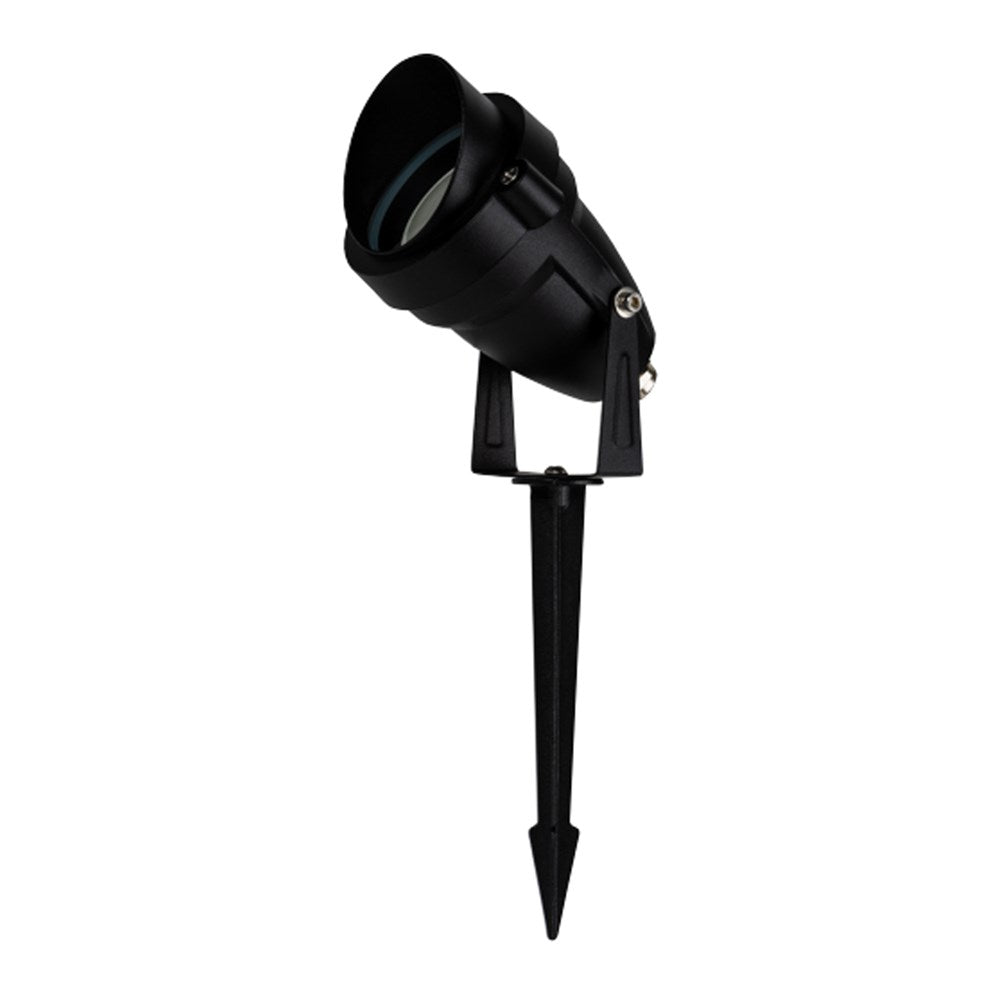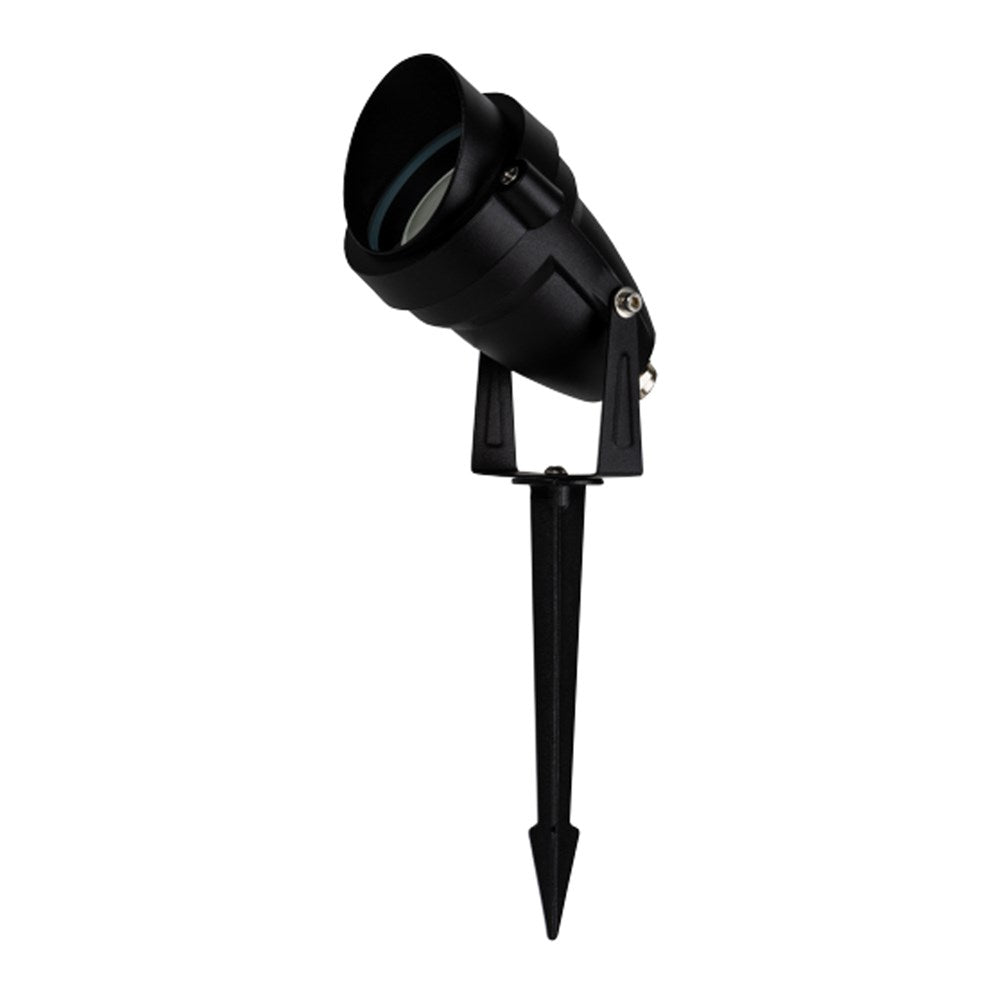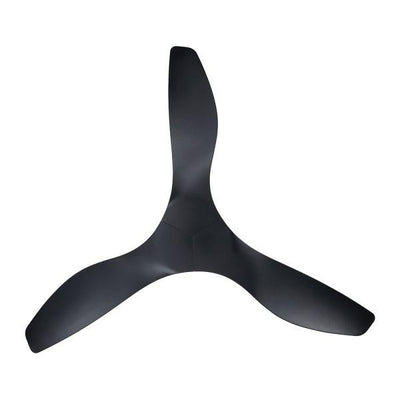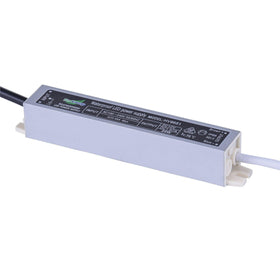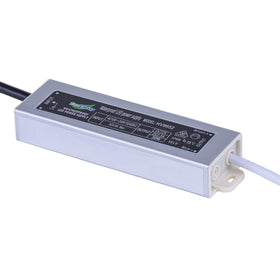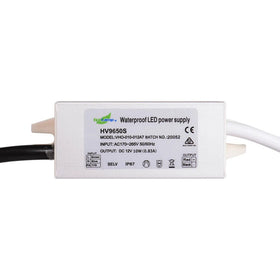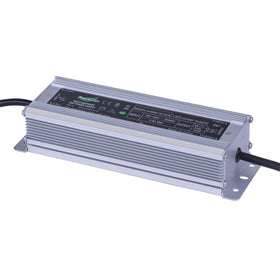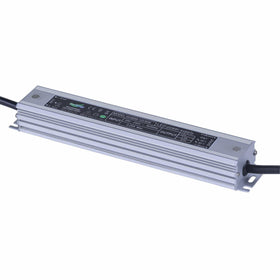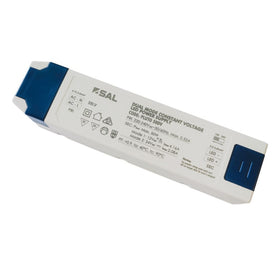Filter
80 results
20
- 10
- 15
- 20
- 25
- 30
- 50
Best selling
- Featured
- Best selling
- Alphabetically, A-Z
- Alphabetically, Z-A
- Price, low to high
- Price, high to low
- Date, old to new
- Date, new to old
Sort
Sort by:
- Featured
- Best selling
- Alphabetically, A-Z
- Alphabetically, Z-A
- Price, low to high
- Price, high to low
- Date, old to new
- Date, new to old
-
Surf 1220mm (48") DC ABS 3 Blade Ceiling Fan with Remote - White/WhiteVendor: Eglo LightingNo reviewsNew modern design Surf ceiling fan features UV resistant abs blades and energy efficient 40w DC motor that can produce maximum airflow of 13‚130m3/hr and fully reversible for summer & winter settings. Ceiling fan is suitable for both indoor and covered outdoor locations. Features:...
- From $292.05
$401.35- From $292.05
- Unit price
- / per
-
White/White
-
Black/Black
-
Oak/White
-
Teak/Black
-
Weatherproof LED Driver 100w - WhiteVendor: Havit Lighting2 reviewsWeatherproof LED Driver 100w IP rating: IP66 12v DC constant voltage Flex and plug included Must be installed with adequate ventilation Suits Havit 12v LED products Specifications: Category: Driver IP Rating: IP66. Weatherproof LED Driver 100w Input Power: 240v AC Output Power: 12v DC Wattage:...
- $118.35
$160.95- $118.35
- Unit price
- / per
-
White
-
Weatherproof LED Driver 60W - WhiteVendor: Havit Lighting2 reviewsWeatherproof LED Driver Flex and Plug Included IP rating: IP66 Input Voltage: 240v AC Output Power: 60w Recommended maximum load: 48w Minimum Load: 6w 3 Years Replacement Warranty Product Information Part Number Output Voltage HV9653 12v DC Constant Voltage. Weatherproof LED Driver Constant Voltage...
- $72.57
$98.95- $72.57
- Unit price
- / per
-
White
-
20W 12V Weatherproof LED Driver - WhiteVendor: Havit LightingNo reviews20W 12V Weatherproof LED Driver and plug included IP rating: IP66 Input voltage: 240v AC Output voltage: 12v DC Output power: 20w Recommended maximum load: 16w Minimum Load: 2w 3 years replacement warranty Experience bright, reliable lighting for years to come with the durable....
- $30.86
$41.95- $30.86
- Unit price
- / per
-
White
-
12V Or 24V Weatherproof LED Driver - WhiteVendor: Havit Lighting2 reviews12V Or 24V Weatherproof LED Driver Flex and Plug Included IP rating: IP66 Input Voltage: AC Output Power: 30w Recommended maximum load: 24w Minimum Load: 3w 3 Years Replacement Warranty Product Information Part Number Output Voltage 12V Or 24V Weatherproof LED Driver HV9652 12v...
- $47.13
$64.95- $47.13
- Unit price
- / per
-
White
-
10w 12v DC Weatherproof LED Driver - WhiteVendor: Havit LightingNo reviews10w 12v DC Weatherproof LED Driver by Havit Lighting Weatherproof LED driver Flex and plug included IP rating: IP66 Input voltage: 240v AC  Output voltage: 12v DC Output power: 20w Recommended maximum load: 16w 3 years replacement warranty  Enjoy the security of a 3...
- $28.39
$38.95- $28.39
- Unit price
- / per
-
White
-
150W - 12V Or 24V Weatherproof LED Driver - WhiteVendor: Havit LightingNo reviews150W - 12V Or 24V Weatherproof LED Driver High Power Factor Flex and plug included IP rating: IP66 Input Voltage: 240v AC Output Power: 150w Recommended maximum load: 120w Minimum Load: 15w 3 Years Replacement Warranty Product Information Part Number Output Voltage HV9658-12V150W 12v...
- $170.67
$232.95- $170.67
- Unit price
- / per
-
White
-
Weatherproof LED Driver - WhiteVendor: Havit LightingNo reviewsWeatherproof LED Driver Overview The Weatherproof LED Driver provides reliable power to LED lighting systems, especially in outdoor environments. Its robust construction ensures dependable performance even in harsh weather conditions. Key Features Weatherproof Design The weatherproof enclosure protects the LED driver from rain, dust,...
- $128.40
$174.95- $128.40
- Unit price
- / per
-
White
-
60W - 12V Or 24V Weatherproof LED Driver - SilverVendor: Havit LightingNo reviews60W - 12V Or 24V Weatherproof LED Driver High Power Factor Flex and Plug Included IP rating: IP66 Input Voltage: 240v AC Output Power: 60w Recommended maximum load: 48w Minimum Load: 6w 3 years Replacement Warranty Product Information Part Number Output Voltage HV9658-12V60W DC...
- $89.48
$121.95- $89.48
- Unit price
- / per
-
Silver
-
30W - 12V Or 24V Weatherproof LED Driver - WhiteVendor: Havit LightingNo reviews30W - 12V Or 24V Weatherproof LED Driver High Power Factor Flex and Plug Included IP rating: IP66 Input Voltage: 240v AC Output Power: 30w Recommended maximum load: 24w Minimum Load: 3w 3 Years Replacement Warranty Product Informatio Part Number Output Voltage HV9658-12V30W 12v...
- $58.62
$79.95- $58.62
- Unit price
- / per
-
White
-
200W - 12V Or 24V Weatherproof LED Driver - WhiteVendor: Havit LightingNo reviews200W - 12V Or 24V Weatherproof LED Driver High Power Factor Flex and Plug Included IP rating: IP66 Input Voltage: AC Output Power: 200w (2 x 100w ) Recommended maximum load: 160w Minimum Load: 20w 3 Years Replacement Warranty Product Information Part Number Output...
- $216.12
$293.95- $216.12
- Unit price
- / per
-
White
-
12w Weatherproof LED Driver - BlackVendor: Havit LightingNo reviews12w Weatherproof LED Driver lights while enduring various weather conditions. You typically use these drivers for outdoor or harsh environments where moisture, dust, and temperature fluctuations occur. Here are some key features to check: Weatherproof Rating: Ensure the driver has an IP rating suitable...
- $62.05
$84.95- $62.05
- Unit price
- / per
-
Black
-
Pluto 50DV LED Driver in 50w - WhiteVendor: SAL LightingNo reviewsProduct Description: Pluto 50DV LED Driver in 50w Pluto 50DV LED Driver in 50w Australian approved dual voltage selection, constant voltage LED driver This driver is certified for use in Australian environments, providing safe, reliable and adjustable voltage settings for wide-ranging LED lighting applications....
- $41.59
$64.95- $41.59
- Unit price
- / per
-
White
-
Slimline Weatherproof LED light - WhiteVendor: Havit LightingNo reviewsSlimline Weatherproof LED light is ideal for outdoor use, offering reliability and style. Here’s a closer look at its features and benefits: Modern Design: The slim, low-profile design fits seamlessly into any outdoor setting. It blends well without being intrusive. Durable Construction: Built to...
- $85.65
$116.95- $85.65
- Unit price
- / per
-
White
-
275w Weatherproof LED Driver - WhiteVendor: Havit LightingNo reviews275w Weatherproof LED Driver High Power Factor Flex and Plug Included IP rating: IP66 Input Voltage: 240v AC Output Voltage: 12v DC Constant Voltage Output Power: 275w (2 x 137.5w) Recommended maximum load: 240w Minimum Load: 27w 3 Years Replacement Warranty Enjoy an energy-efficient...
- $271.31
$368.95- $271.31
- Unit price
- / per
-
White
-
20W Indoor LED Driver by Havit Lighting - WhiteVendor: Havit LightingNo reviews20W Indoor LED Driver by Havit Lighting Flex and Plug Included IP rating: IP20 Input Voltage: 240v AC Output Voltage: 12v or 24v DC Constant Voltage Output Power: 20w Recommended maximum load: 16w Minimum Load: 2w 3 Years Replacement Warranty Product Information. 20W Indoor...
- $31.90
$43.95- $31.90
- Unit price
- / per
-
White
-
30W 12V Or 24V Indoor LED Driver - WhiteVendor: Havit LightingNo reviews30W 12V Or 24V Indoor LED Driver by Havit LightingIndoor LED Driver Flex and Plug Included IP rating: IP20 Input Voltage: 240v AC Output Voltage: 12v or 24v DC Constant Voltage Output Power: 30w Recommended maximum load: 24w Minimum Load: 3w 3 Years Replacement....
- $45.30
$61.95- $45.30
- Unit price
- / per
-
White
-
Pluto Constant Current LED Driver - WhiteVendor: SAL LightingNo reviewsDescription: Pluto Constant Current LED Driver 28w 700mA Dimmable Pluto Constant Current LED Driver 28w 700mA Dimmable Australian approved dimmable constant current LED driver with selectable Power and CCT. Specification: Wattage: 28w Voltage: 240v-50Hz Output Current: 700mA Power Factor: 0.9 Compact design, SELV, electrical...
- $63.08
$65.95- $63.08
- Unit price
- / per
-
White
-
200w Dali Push Dim LED Driver 12v or 24v DC - GreyVendor: Havit LightingNo reviews200w Dali Push Dim LED Driver 12v or 24v DC in Anodised Grey 2in1 Dimmable LED Driver Dali Dimmable + Push Dim Adjustable voltage using NFC APP Dimming Range: 5%-100% High Power Factor 0.95 Flex and Plug Included IP rating: IP66 Input Voltage: 240v...
- $334.63
$455.95- $334.63
- Unit price
- / per
-
Grey
-
150W Weatherproof Dimmable LED Driver - BlueVendor: Havit LightingNo reviews150W - 12V Or 24V Weatherproof Dimmable LED Driver Complete with Flex and Plug IP rating: IP66 Input Voltage: 240v AC Output Power: 150W Recommended maximum load: 120w Minimum Load: 15w 3 Years Replacement Warranty Product Information Part Number Output Voltage HV9660-12V150W 12v DC...
- $287.10
$390.95- $287.10
- Unit price
- / per
-
Blue

